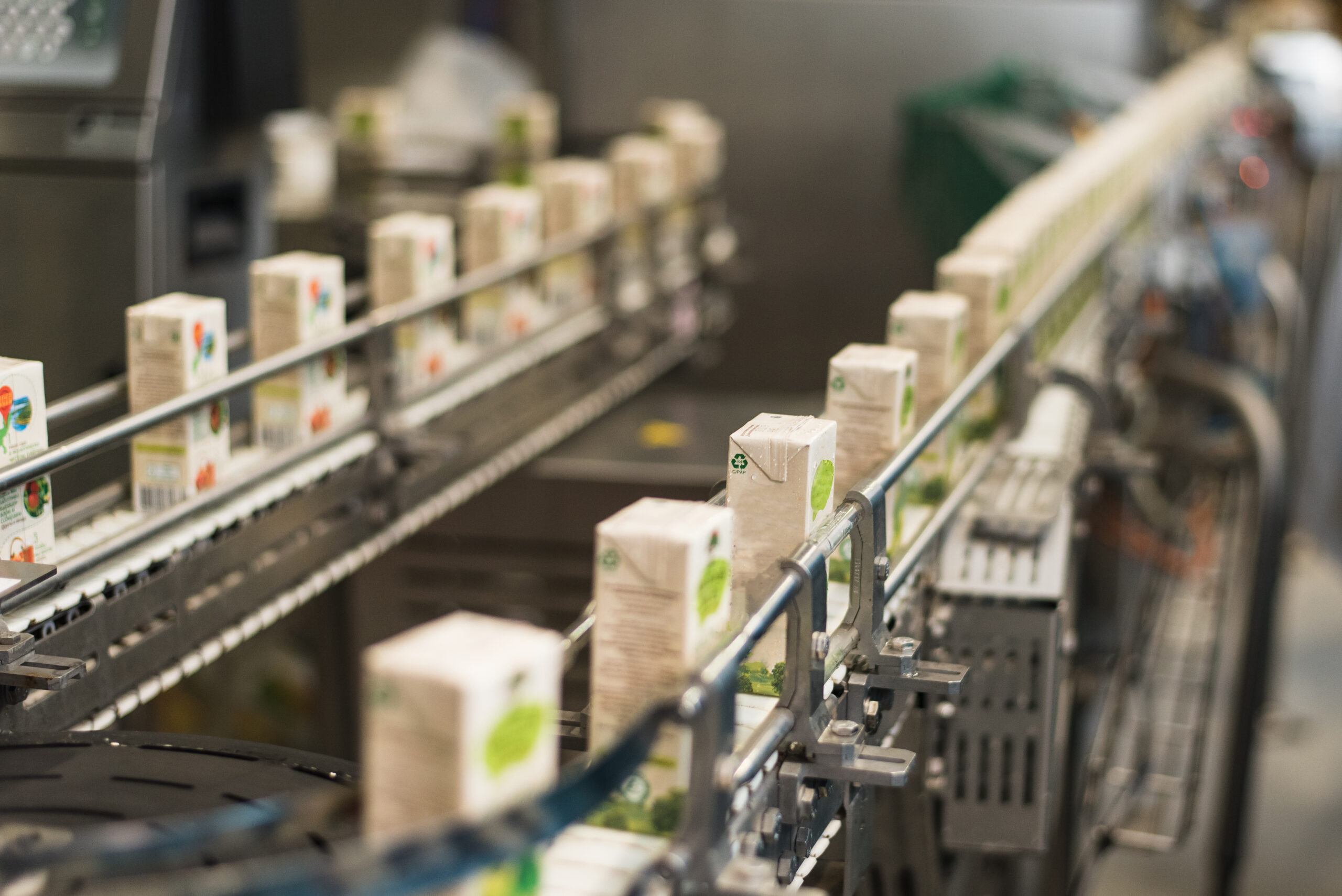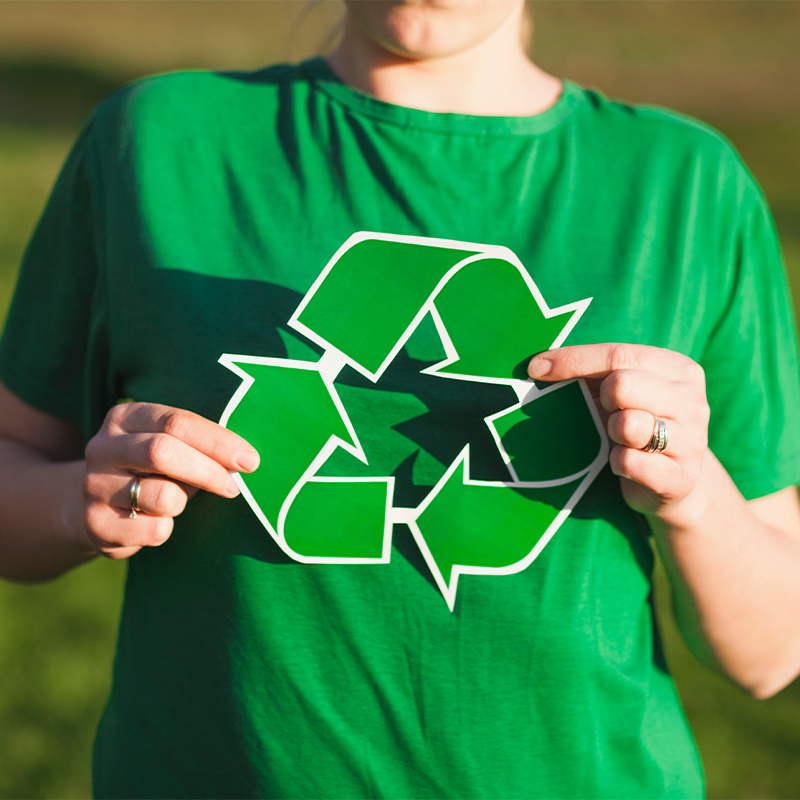The packaging prevention plan is for companies that place at least 300 tonnes of one-way packaging on the Belgian market, or that package goods (or have them packaged) in Belgium for the Belgian market using a minimum of 100 tonnes of one-way packaging. The aim of the prevention plan is to make these companies think systematically about how to prevent and reduce packaging waste. They must draw up a prevention plan every three years, either by submitting it themselves to the IRPC or by being included in a sectoral prevention plan prepared by their sector federation.
Under the 2022-2025 prevention plan, 188 individual prevention plans and 20 sectoral prevention plans have been submitted.
Of the 188 individual prevention plans submitted, 175 were approved. All of the sectoral prevention plans were approved.


4.1. Individual prevention plans
Our analysis of the individual prevention plans submitted indicates that the companies concerned envisage a 6.12% reduction in packaging for the 2022-2025 campaign. Note that only quantitative preventive measures and reuse preventive measures correctly quantified by these companies could be taken into account. In actual fact, we should also factor in the measures that were not correctly quantified and the qualitative preventive measures that the companies have taken. We can therefore state that this 6.12% is an underestimation of the prevention efforts actually envisaged by these companies.
4.2. Sectoral prevention plans
As regards the sectoral prevention plans, the IRPC had set a quantitative prevention target of 5% for the 2022-2025 campaign. Four of the 20 sectoral prevention plans submitted are aiming for a higher target. As with the individual prevention plans, the IRPC could only take quantitative preventive measures and reuse measures into account, insofar as these were quantifiable, when assessing the sectoral plans. The problem of insufficient quantification is much greater for the sectoral prevention plans than for the individual ones, which means that the underestimation of the companies’ actual prevention efforts is also larger.
If we disregard one large sectoral prevention plan with a definite quantification problem, the sectoral prevention plans for the 2022-2025 campaign forecast an average quantitative reduction of almost 5% (4.41%). However, including this particular sectoral prevention plan gives an estimate of only 2.12% less packaging. So the real impact of the sectoral prevention plans is definitely greater.
The IRPC will continue to stress the importance of correctly quantifying the preventive measures proposed.

